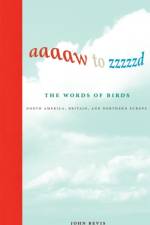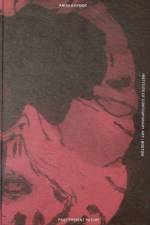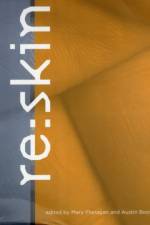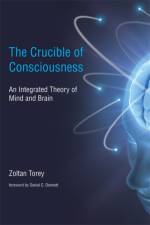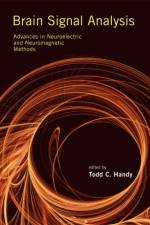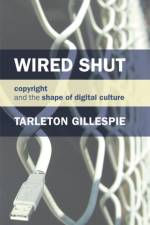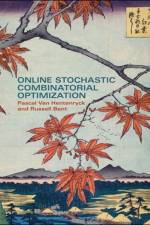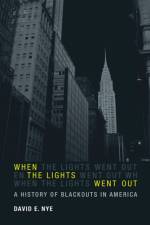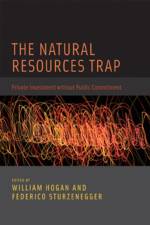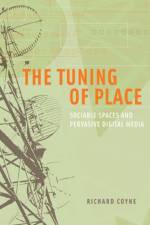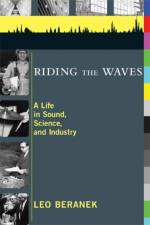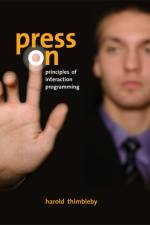- North America, Britain, and Northern Europe
av John Bevis
241
The distinctive and amazing songs and calls of birds: a meditation and a lexicon."A miraculous little book: a compressed encyclopedia of our fascination with avifauna.”—The Nation"A charming, funny, and eccentric book.”—Times Literary Supplement"An elegant tribute to the beauty of its subject.”—Los Angeles TimesBirds sing and call, sometimes in complex and beautiful arrangements of notes, sometimes in one-line repetitions that resemble a ringtone more than a symphony. Listening, we are stirred, transported, and even envious of birds' ability to produce what Shelley called "profuse strains of unpremeditated art.” And for hundreds of years, we have tried to write down what we hear when birds sing. Poets have put birdsong in verse (Thomas Nashe: "Cuckoo, jug-jug, pu-we, to-witta-woo”) and ornithologists have transcribed bird sounds more methodically. Drawing on this history of bird writing, in Aaaaw to Zzzzzd John Bevis offers a lexicon of the words of birds. For tourists in Birdland, there could be no more charming phrasebook. Consulting it, we find seven distinct variations of "hoo” attributed to seven different species of owls, from a simple hoo to the more ambitious hoo hoo hoo-hoo, ho hoo hoo-hoo; the understated cheet of the tree swallow; the resonant kreeaaaaaaaaaaar of the Swainson's hawk; the modest peep peep peep of the meadow pipit. We learn that some people hear the Baltimore oriole saying "here, here, come right here, dear” and the yellowhammer saying "a little bit of bread and no cheese.” Bevis, a poet, frames his lexicons—one for North America and one for Britain and northern Europe—with an evocative appreciation of birds, birdsong, and human attempts to capture the words of birds in music and poetry. He also offers an engaging account of other methods of documenting birdsong—field recording, graphic notation, and mechanical devices including duck calls and the serinette, an instrument used to teach song tunes to songbirds. The singing of birds is nature at its most sublime, and words are our medium for expressing this sublimity. Aaaaw to Zzzzzd belongs in the bird lover's backpack and on the word lover's bedside table, an unexpected and sui generis pleasure.



